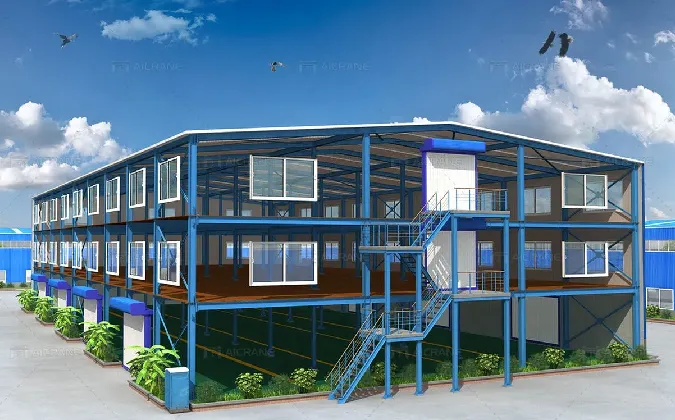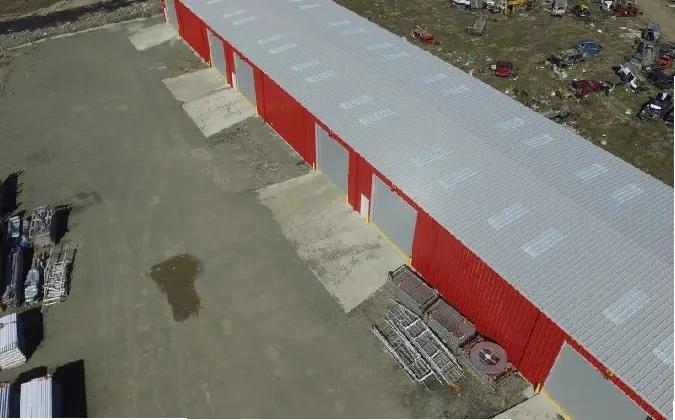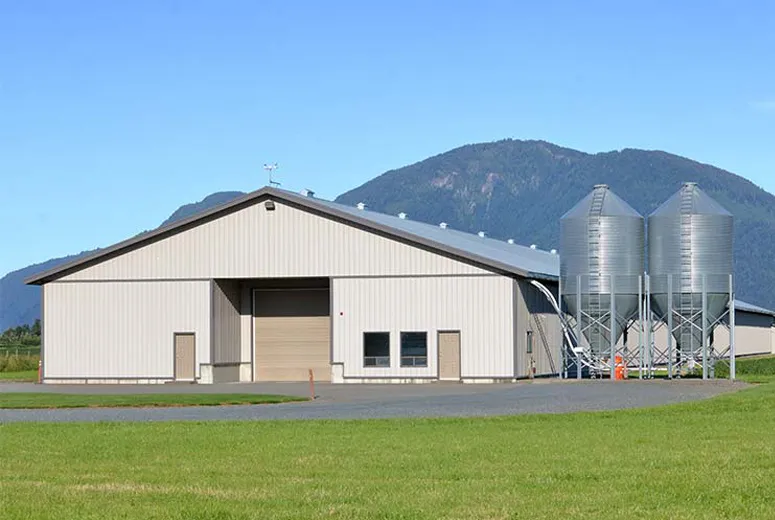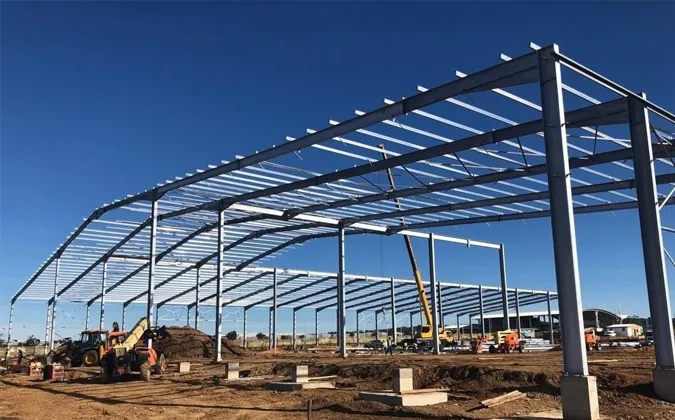- Afrikaans
- Albanian
- Amharic
- Arabic
- Armenian
- Azerbaijani
- Basque
- Belarusian
- Bengali
- Bosnian
- Bulgarian
- Catalan
- Cebuano
- Corsican
- Croatian
- Czech
- Danish
- Dutch
- English
- Esperanto
- Estonian
- Finnish
- French
- Frisian
- Galician
- Georgian
- German
- Greek
- Gujarati
- Haitian Creole
- hausa
- hawaiian
- Hebrew
- Hindi
- Miao
- Hungarian
- Icelandic
- igbo
- Indonesian
- irish
- Italian
- Japanese
- Javanese
- Kannada
- kazakh
- Khmer
- Rwandese
- Korean
- Kurdish
- Kyrgyz
- Lao
- Latin
- Latvian
- Lithuanian
- Luxembourgish
- Macedonian
- Malgashi
- Malay
- Malayalam
- Maltese
- Maori
- Marathi
- Mongolian
- Myanmar
- Nepali
- Norwegian
- Norwegian
- Occitan
- Pashto
- Persian
- Polish
- Portuguese
- Punjabi
- Romanian
- Russian
- Samoan
- Scottish Gaelic
- Serbian
- Sesotho
- Shona
- Sindhi
- Sinhala
- Slovak
- Slovenian
- Somali
- Spanish
- Sundanese
- Swahili
- Swedish
- Tagalog
- Tajik
- Tamil
- Tatar
- Telugu
- Thai
- Turkish
- Turkmen
- Ukrainian
- Urdu
- Uighur
- Uzbek
- Vietnamese
- Welsh
- Bantu
- Yiddish
- Yoruba
- Zulu
Nov . 17, 2025 15:15 Back to list
The erection of a steel building hangar—especially a specialized steel airplane hangar or versatile metal hangar building—requires precision engineering, systematic planning, and strict quality control to ensure structural stability, durability, and compliance with aviation or storage standards. Unlike traditional concrete structures, steel building hangar erection offers faster timelines and greater flexibility, making it the top choice for airports, logistics hubs, and aviation maintenance facilities. Hebei HongJi Shunda Steel Structure Engineering Co., Ltd., founded in 2000 with a 52,000-square-meter facility and $2.5 million registered capital, is a key partner in this space—specializing in the design, manufacture, and installation of steel building hangar (alongside warehouses, workshops, and storage sheds). With a professional design team, excellent construction crew, and integrated services from concept to installation, the company delivers green, high-quality metal hangar building solutions that meet global standards. For wholesalers serving aviation or industrial clients, partnering with HongJi Shunda means accessing end-to-end steel airplane hangar erection support—backed by decades of expertise in cost-effective raw material management and detail-oriented craftsmanship.
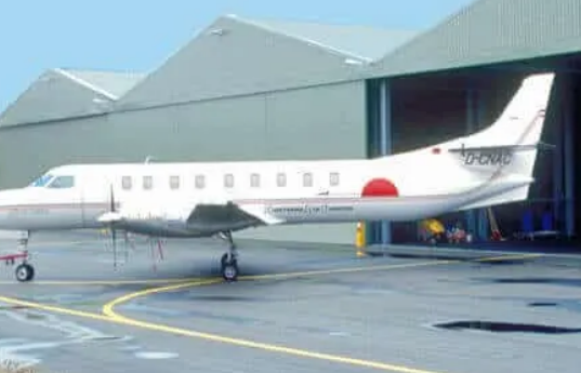
Pre-Erection Preparation for Steel Building Hangar
- Site Survey & Foundation Design for Steel Airplane Hangar : Before erection begins, HongJi Shunda’s team conducts a detailed site survey to assess soil conditions, drainage, and load-bearing requirements—critical for a steel airplane hangar that must support heavy aircraft and equipment. The foundation design (typically concrete piers or slab) is tailored to the metal hangar building’s size: a small steel building hangar (for 1–2 planes) may use shallow piers, while a large aviation maintenance hangar requires deep, reinforced foundations. A logistics wholesaler reported that HongJi Shunda’s site survey prevented a potential foundation issue—adjusting the design to account for soft soil, which ensured the steel airplane hangar remained stable during aircraft movement. Wholesalers can emphasize this, as thorough pre-construction prep reduces rework and ensures the metal hangar building meets long-term performance needs.
- Material Inspection & Pre-Assembly of Metal Hangar Building: All steel components for the metal hangar building(beams, columns, trusses) undergo strict inspection before delivery—HongJi Shunda checks for dimensional accuracy, corrosion resistance, and material strength to align with design specs. Key parts (like trusses for the steel building hangar roof) are pre-assembled in the factory to reduce on-site time, with clear labeling for easy installation. An airport wholesaler noted that pre-assembled trusses cut on-site erection time by 30%, letting the steel airplane hangar become operational faster. Wholesalers can market this as an “efficiency booster,” as factory pre-assembly ensures quality and speeds up project timelines.
Key Stages in Steel Airplane Hangar Erection
|
Erection Stage |
Core Tasks (HongJi Shunda’s Standards) |
Focus for Steel Building Hangar |
Duration (Relative to Total Project) |
Quality Control Checks |
|
Foundation Installation |
Pour concrete piers/slab; install anchor bolts; cure foundation to meet strength requirements |
Ensure anchor bolt alignment (for attaching steel airplane hangar columns) |
20–25% |
Test concrete compressive strength; verify bolt position accuracy (±2mm) |
|
Column & Beam Erection |
Lift steel columns with cranes; secure to anchor bolts; install primary beams; align for plumb/level |
Maintain column stability (critical for metal hangar building roof support) |
30–35% |
Check column plumbness; inspect beam connections for tightness |
|
Roof Truss & Sheeting Installation |
Hoist pre-assembled trusses; secure to beams; install roof sheeting (steel/metal); add insulation |
Ensure roof slope (for drainage) and wind resistance (for steel building hangar) |
25–30% |
Inspect truss connections; test sheeting overlap to prevent leaks |
|
Finishing & System Integration |
Install doors (hangar-sized sliding/hinged); add lighting/ventilation; paint steel components |
Ensure door operation (for aircraft entry in steel airplane hangar) |
10–15% |
Test door movement; verify electrical system functionality; check paint adhesion |
Tips for Wholesalers Promoting Steel Building Hangar
- Highlight HongJi Shunda’s Integrated Services: Unlike generic suppliers, HongJi Shunda offers end-to-end support for steel building hangar—from custom design (tailoring size to fit 1–10 aircraft) to on-site installation. The company’s cost-effective raw material management also keeps metal hangar building costs competitive, with no compromise on quality. A European wholesaler reported that partnering for a steel airplane hangar project saved 15% on material costs, thanks to HongJi Shunda’s inventory best practices. Wholesalers can frame this as a “one-stop solution,” as integrated services reduce coordination hassle for clients and ensure project consistency.
- Emphasize Durability & Compliance for Steel Airplane Hangar: HongJi Shunda’s steel building hangar meets global standards (e.g., AISC for steel construction, IBC for building codes) and uses corrosion-resistant steel to withstand harsh weather (salt spray for coastal airports, extreme temperatures for inland hubs). Every metal hangar building undergoes post-erection inspections to confirm structural integrity—an airport wholesaler noted that their steel airplane hangar passed aviation safety audits on the first try. Wholesalers can use this as a “reliability guarantee,” as compliant, durable steel building hangar minimizes long-term maintenance for clients.
Steel Building Hangar FAQS
How Long Does It Take to Erect a Steel Airplane Hangar?
The timeline depends on size, but HongJi Shunda’s integrated process speeds up delivery: a small steel airplane hangar (for 1–2 planes) takes 8–10 weeks (from design to completion), while a large maintenance metal hangar building takes 12–16 weeks. Pre-assembly of key components and efficient on-site crews cut 20–25% of traditional erection time. A regional airport wholesaler received their steel building hangar in 9 weeks, letting them start aircraft maintenance services ahead of schedule. Wholesalers can assure clients of timely project delivery, critical for aviation operations.
Can a Metal Hangar Building Be Customized for Specialized Aircraft?
Yes—HongJi Shunda customizes metal hangar building dimensions (height, width, length) to fit specialized aircraft like helicopters, private jets, or cargo planes. For example, a logistics wholesaler requested a steel building hangar with a 12-meter clearance height for large cargo planes; the design team adjusted column height and roof trusses to meet the need. Customization also includes door size (sliding doors up to 30 meters wide) and floor load capacity (for heavy aircraft tugs). Wholesalers can highlight this flexibility to serve niche aviation clients.
Is a Steel Building Hangar Resistant to Severe Weather?
Absolutely—HongJi Shunda’s steel building hangar is engineered for severe weather: wind-resistant roof trusses (rated for 120+ km/h winds), corrosion-resistant steel (for coastal salt spray), and snow-load capacity (up to 1.5 kN/m² for cold regions). A coastal airport wholesaler’s steel airplane hangar withstood a typhoon with no structural damage, thanks to reinforced beams and wind bracing. Wholesalers can explain this weather resilience, as it ensures the metal hangar building protects valuable aircraft in harsh conditions.
Does HongJi Shunda Provide Post-Erection Maintenance for Steel Airplane Hangar?
Yes—beyond erection, the company offers post-installation maintenance services for steel airplane hangar, including annual inspections (checking bolt tightness, paint condition, and door functionality), corrosion repairs, and component replacements. A maintenance facility wholesaler noted that regular maintenance from HongJi Shunda extended their metal hangar building’s lifespan by 15 years. Wholesalers can market this as a “long-term partnership,” as post-erection support reduces client hassle and preserves the steel building hangar’s value.
Can Wholesalers Order Bulk Steel Building Hangar for Multiple Sites?
Yes—HongJi Shunda caters to bulk orders for wholesalers, with consistent quality across multiple steel building hangar units. The company’s large-scale production capacity and standardized processes ensure each metal hangar building meets the same specs, ideal for wholesalers serving chain airports or logistics hubs. A North American wholesaler ordered 5 steel airplane hangar units for regional airports, all delivered and installed on time with uniform quality. To explore bulk pricing, custom designs, or integrated erection services for steel building hangar, visit Hebei HongJi Shunda’s webpage today—let’s build durable, efficient aviation facilities together!
Products categories
Our Latest News
We have a professional design team and an excellent production and construction team.








